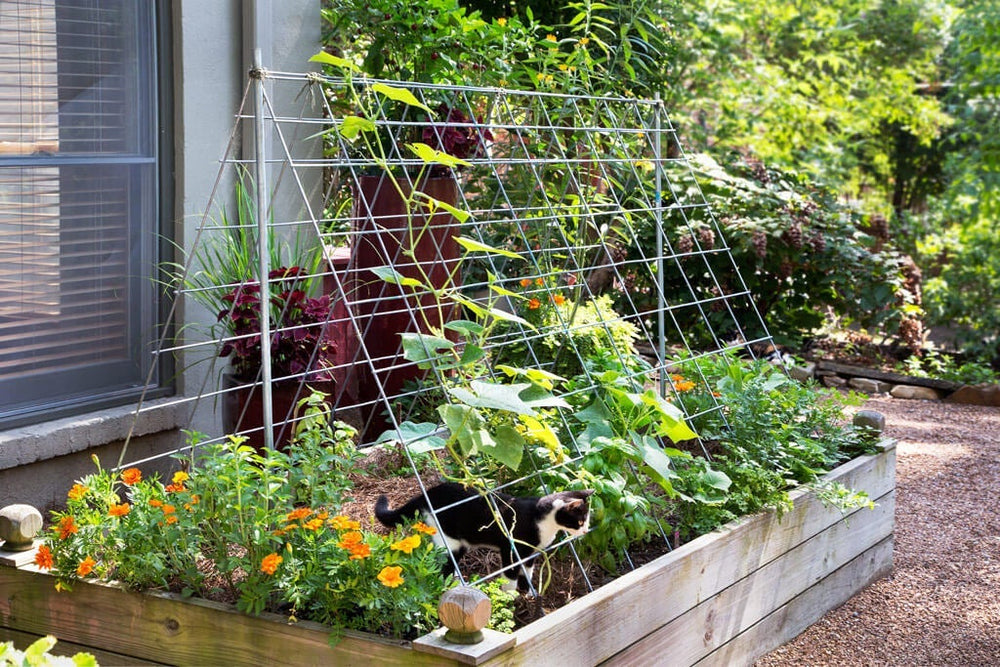Many favorite vegetable plants — such as tomatoes, cucumbers, beans, peas, melons, and squash — need a little help standing tall. Cattle panels, available online and at farm supply stores, are a simple, affordable way to keep plants off the ground and away from foraging critters and soil-borne diseases.
These heavy-gauge, galvanized pieces of fencing are designed to contain livestock, so they will have no problem holding up even the most productive vines without sagging. What's more, the openings are plenty large enough for your hand to reach through. On this page, you can three examples of how to set up the cattle panels to serve as supports: an arch trellis, an A-frame trellis, and a vertical trellis.
Cattle Panels:
Cattle panels usually measure 16 feet long by about 50 inches wide, and the openings in the grid range from 4 to 8 inches, with some variation depending on the model and manufacturer. (If you need a smaller size, cut the panels using a manual bolt cutter.) The ones seen in the pictures here cost around $20 each, and they will be used for many seasons.
Support cattle panels with rigid poles from the hardware store. For a rustic look, use 3/8″ or 1/2″ rebar, depending on the length of the support. (The longer the support, the thicker and stronger the rebar needs to be.) For a more refined look, try 1/2″ galvanized conduit. It is sold in 10-foot lengths; cut it to the desired length with a hacksaw, reciprocating saw, circular saw, or jigsaw fitted with a blade made for cutting metal. Drive supports into the ground using a mallet or hammer, then lash the cattle panels to them with wire, twine, or zip ties.
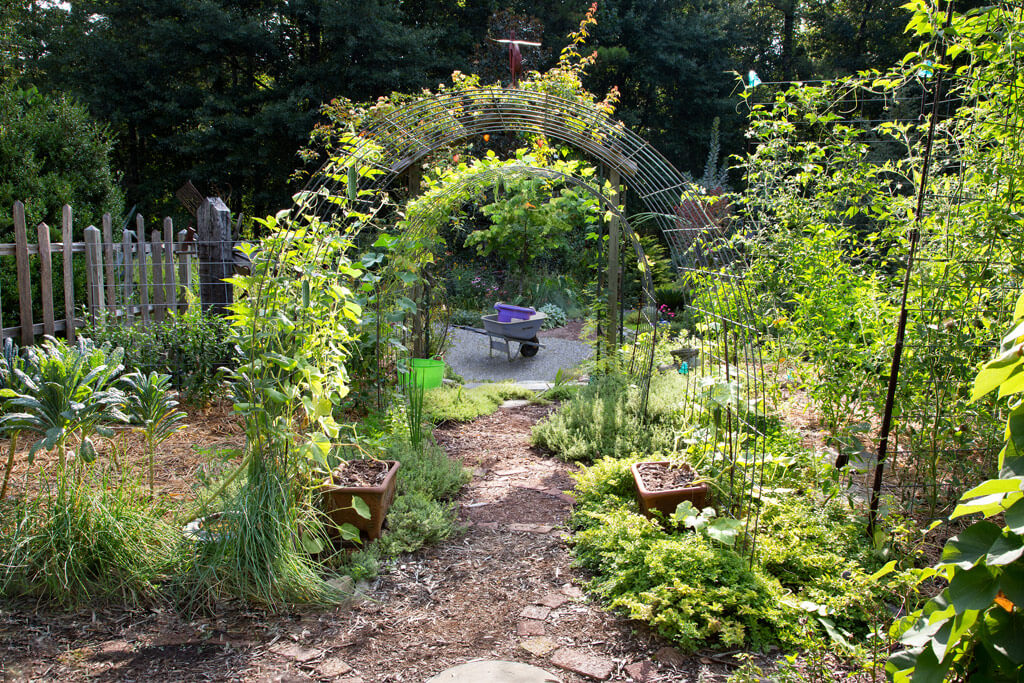
No matter which style of cattle panel support you choose, improve the soil around it with Miracle-Gro® Garden Soil for Vegetables & Herbs, then set plants at the base of the trellis. (When setting your trellis in a raised bed, use Miracle-Gro® Raised Bed Soil, which is just the right weight and texture for that style garden.) Also, feed plants with Miracle-Gro® Shake ‘n Feed® Tomato, Fruit & Vegetable Plant Food to provide them with the nutrients they need to grow strong and give you a terrific harvest. Vines such as green beans and peas will twist or grab their support. Indeterminate tomatoes and cucumbers, as well as their squash, pumpkin, and gourd relatives, may need to be guided onto the trellis as they grow.


The Arch Trellis:
Create extra garden space putting this support over a garden path. Each arch is made from a single cattle panel that has been bent, anchored, and attached to four 4-foot pieces of rebar, one on each corner. The trellis holds plants up to capture the sunlight while the gardener stands below to pick the produce.
The A-Frame Trellis:
This support makes picking cucumbers and beans easier, as it allows the fruit hang down and therefore become more visible amid the green foliage. In spring, plant lettuce beneath the structure to take advantage of the cooling shade of the growing vines as temperatures begin to rise.
The Vertical Trellis:
By getting plants off the ground and onto a trellis, you leave room for other plants, meaning you can grow more in a small garden bed. Be sure to place the trellis on the north (or east) side of the bed so it does not shade shorter plants. Click here for more trellising ideas for tomatoes.
Article written by Linda Askey.
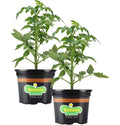



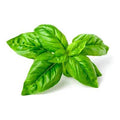 Herbs
Herbs
 Vegetables
Vegetables
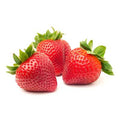 Fruit
Fruit
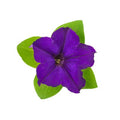 Flowers
Flowers
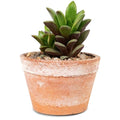 Succulents
Succulents
